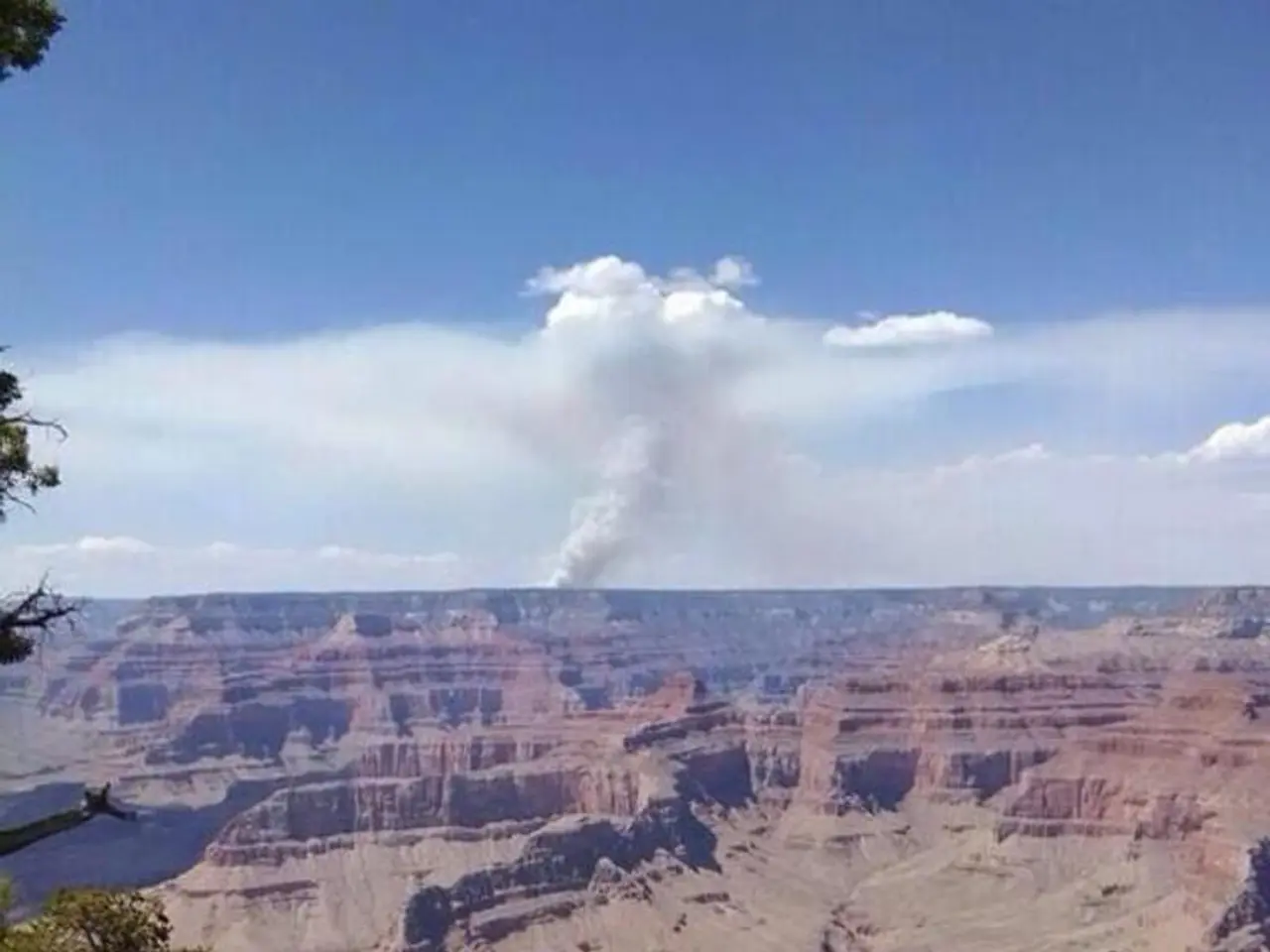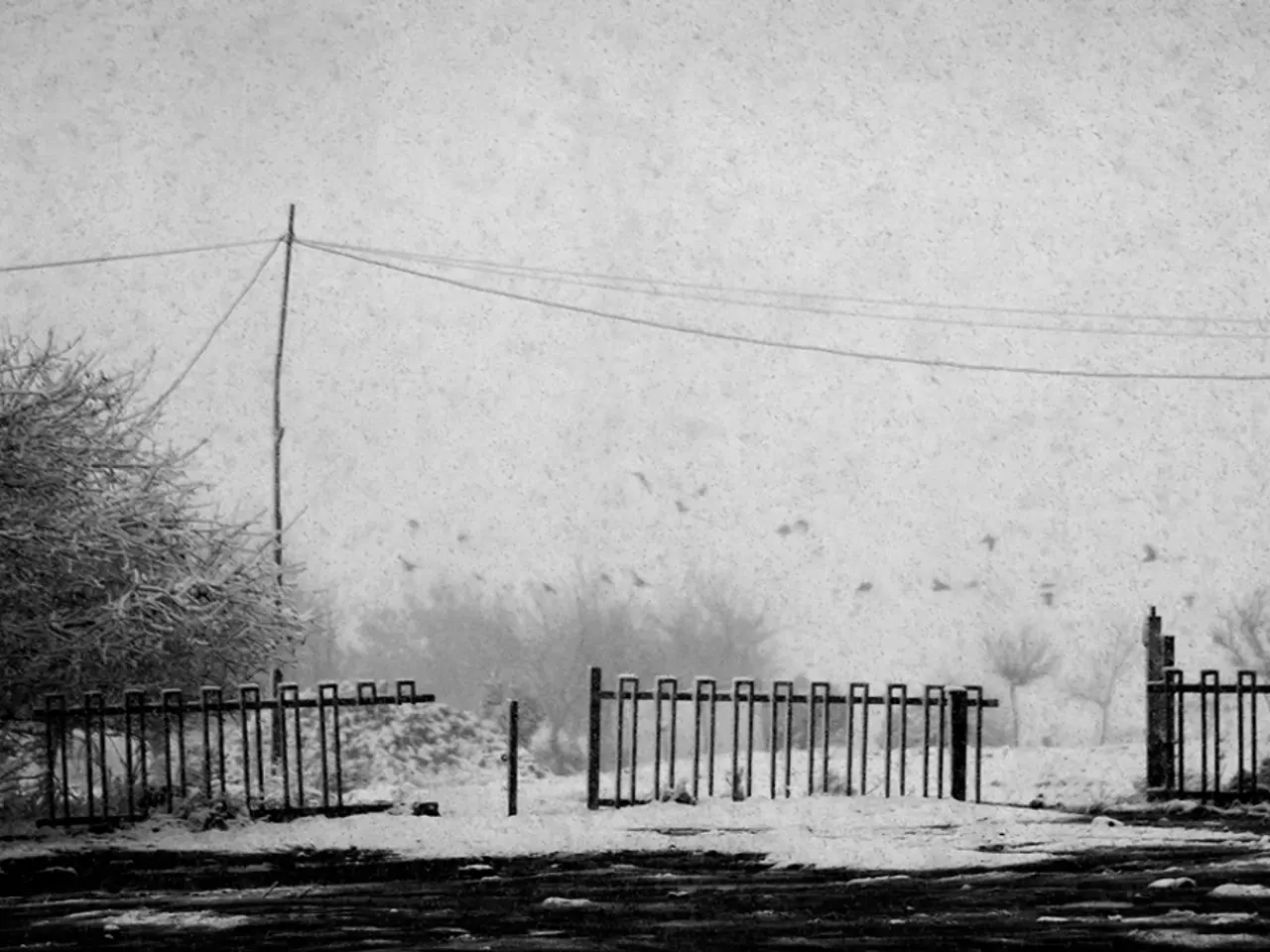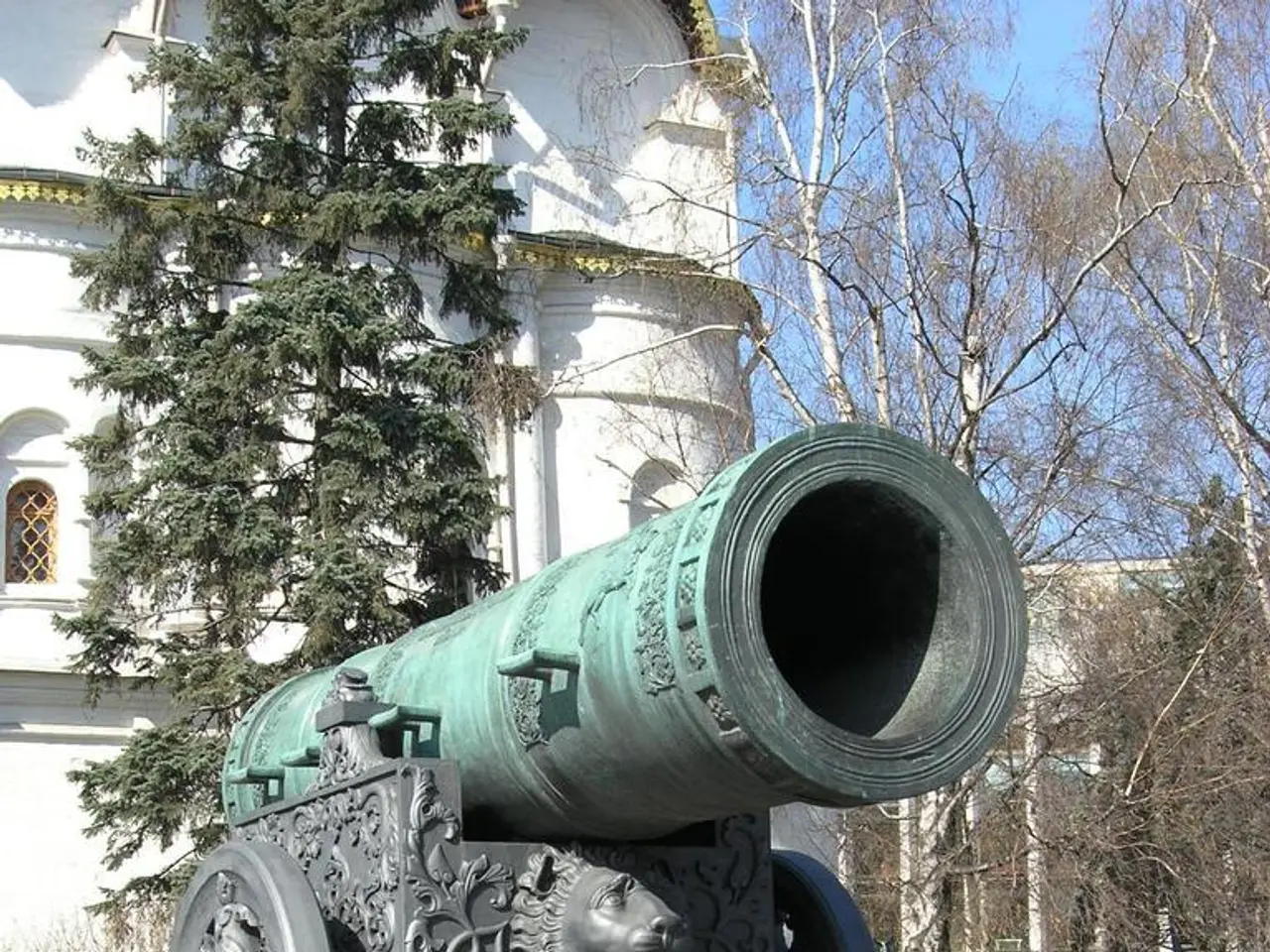Intense Heatwave in Southwestern Iran: Temperatures Top 50 Degrees Celsius - Scorching Temperatures Sweep Through Southwest Iran, Reaching Above 50 Degrees
Iran's Southwest Swelters in Historic Heat Wave and Water Crisis
A relentless heat wave has engulfed Iran's southwest, pushing temperatures in cities like Omidieh to over 50 degrees Celsius (122 Fahrenheit), causing a severe strain on water and electricity supplies across the country[1][3]. This heat wave, which began around Friday before July 22, 2025, has made conditions particularly harsh in the southern Bushehr province, where temperatures have reached as high as 50°C[1][3].
The heat wave coincides with a severe drought and water crisis, particularly in Tehran, where reservoir levels have fallen to their lowest point in a century due to the combination of extreme heat and minimal rainfall—the lowest in 60 years for the capital[1]. This has prompted government offices, banks, and businesses in at least 15 provinces, including Tehran, to close temporarily to conserve water and electricity resources[1][2][3]. These closures are part of efforts to manage an overloaded and aging power grid, which has also been weakened by recent conflict that damaged infrastructure[2].
In Omidieh and surrounding southwestern regions characterized by harsh summer climates, the combination of intense heat and drought deeply impacts residents. On the Persian Gulf island of Qeshm near this area, local reports describe the conditions as nearly "unlivable" due to soaring temperatures and high humidity exacerbated by the heat wave[2].
The root causes for these extreme conditions include:
- Severe drought and historically low rainfall, leading to critically lowered water reservoirs, especially in urban centers like Tehran[1].
- Extreme heat wave intensities, with temperatures surpassing 50°C, typical of southwestern Iran, but now reaching unprecedented levels[1][3].
- A strained energy infrastructure, further challenged by recent military conflicts, complicating power supply during peak demand[2].
- Government measures to temporarily close workplaces aim to reduce water and electricity consumption amid this crisis[1][3].
Iran, one of the driest countries on Earth, is among the regions most affected by the climate crisis[4]. Meteorological authorities expect the heat wave to ease gradually by Thursday following the intense weekend peak[1].
In comparison, Death Valley in the USA, considered the hottest place on Earth, has seen temperatures above 50 degrees in the past[5]. However, satellite measurements from the Lut Desert in Iran showed ground temperatures of up to 70.7 degrees in 2005[6]. Yet, Death Valley holds the official record for the highest measured air temperature.
The extreme conditions in Iran are a stark reminder of the challenges posed by climate change, particularly in regions already prone to extreme weather events. As the world continues to grapple with these issues, Iran's southwest serves as a cautionary tale of the consequences of unchecked climate change and the urgent need for sustainable development and effective crisis management.
[1] The Guardian [2] BBC News [3] Al Jazeera [4] NASA [5] National Geographic [6] NASA
- To mitigate the effects of climate change and ensure a sustainable future, it is crucial for EC countries to collaborate on scientific research and development of energy policies that prioritize renewable resources and climate-change mitigation strategies.
- Understanding the interplay between environmental-science factors, such as climate-change, drought, and extreme weather events, is essential in devising effective energy policies to address the challenges faced by regions like Iran's southwest.








